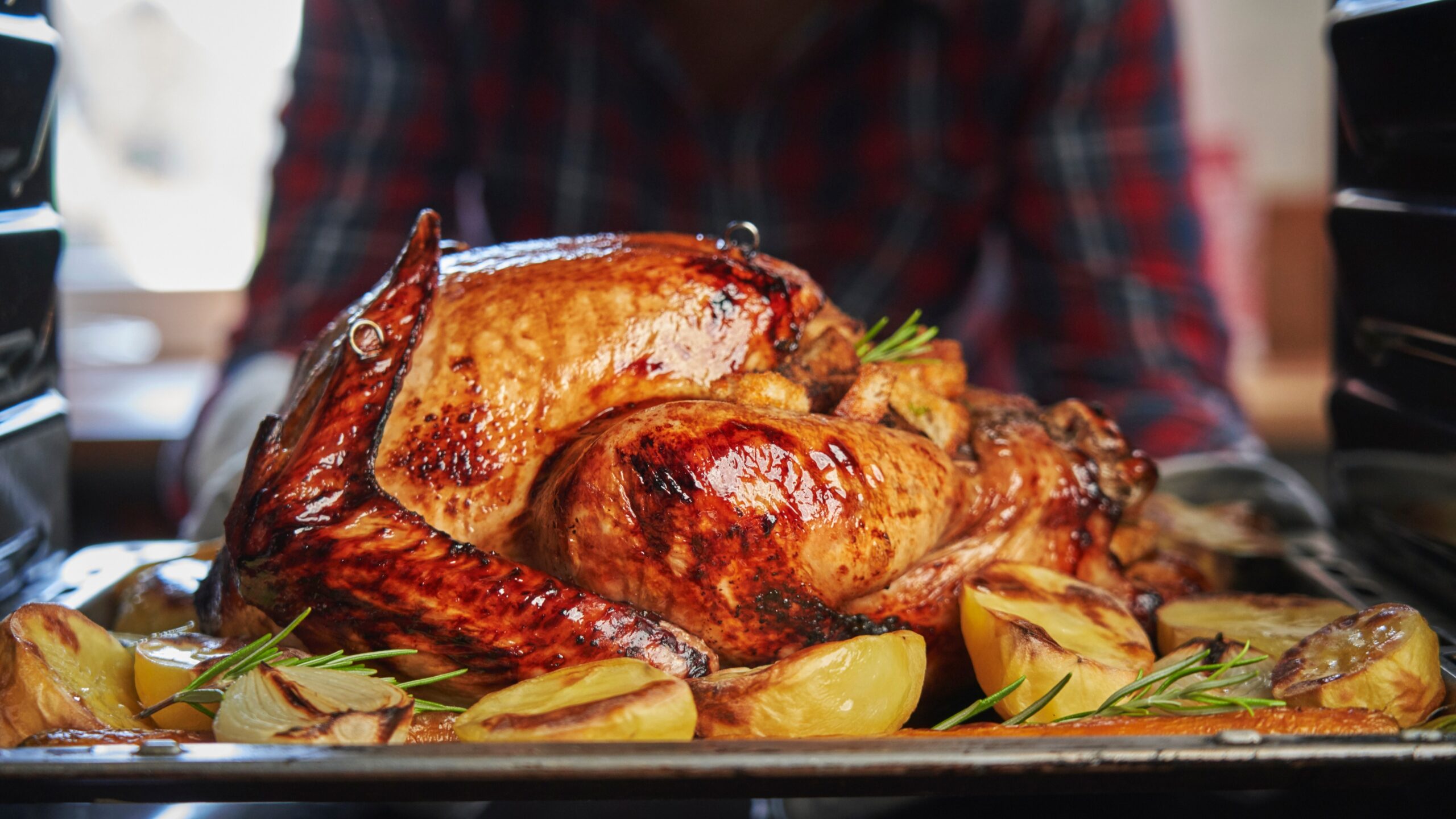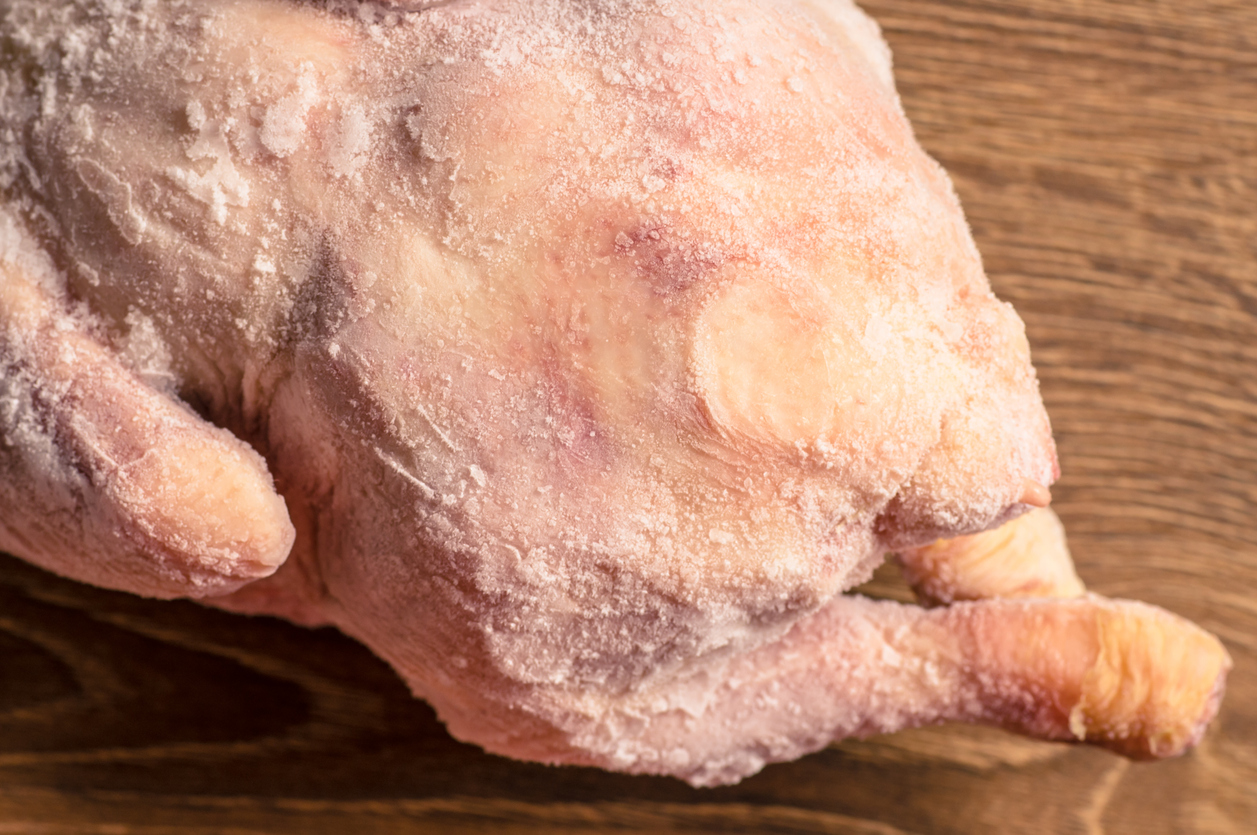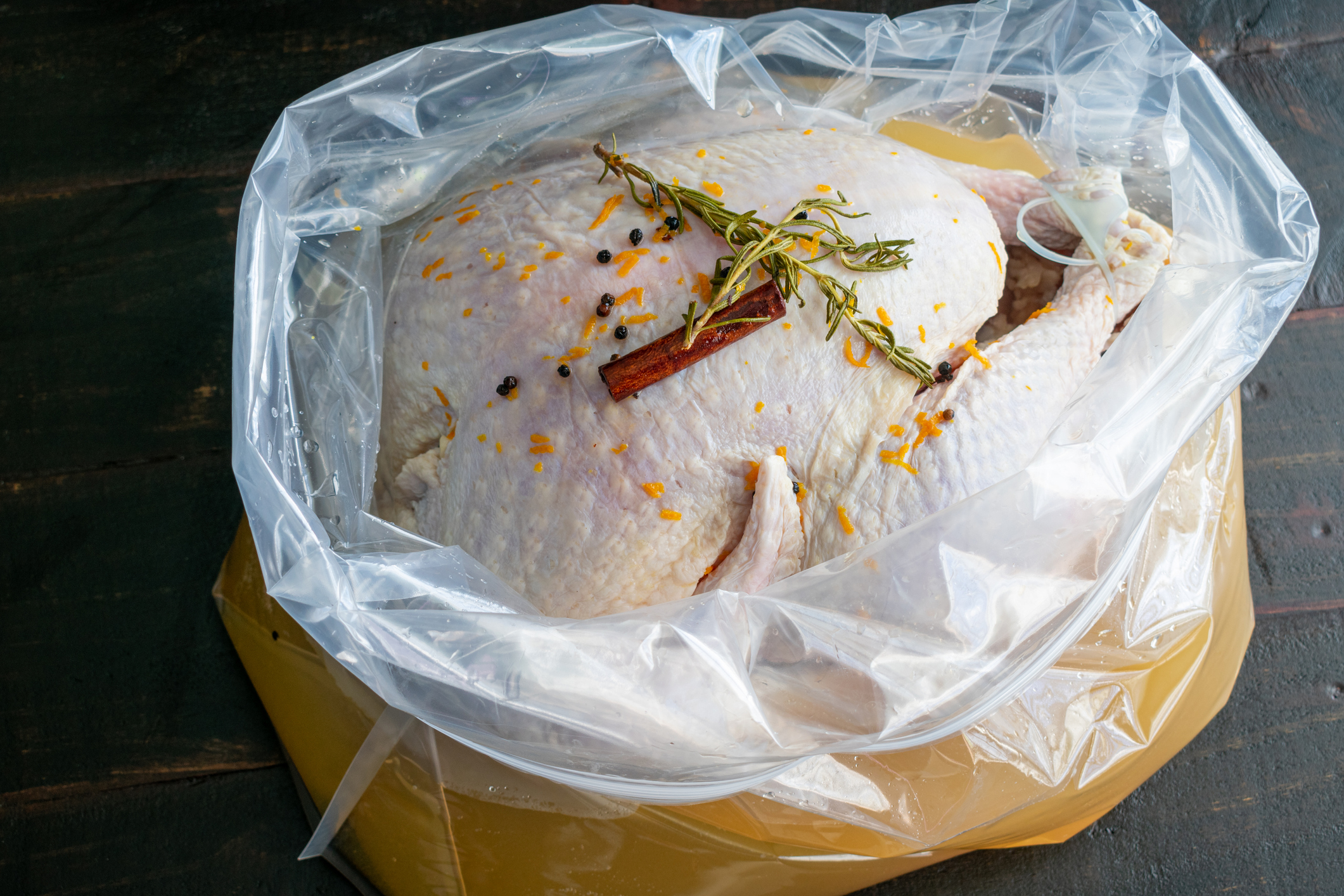
When most people think of Thanksgiving, they envision a beautifully golden-brown roasted turkey. A turkey that when carved is so moist and juicy, you can literally see the juices. The reality of Thanksgiving is that a turkey like that is the holy grail because so many turkeys on Thanksgiving fail to live up to the expectation. Far too many turkeys are brought to the Thanksgiving table only to disappoint because they are dry and overcooked. Does that mean you should resign yourself to yet another year of dried out turkey? Heck no!
More from MamásLatinas: 30 Latin-inspired dishes to make our Thanksgiving dinner a flavorful fiesta
You are more than capable of roasting up a moist and juicy turkey that will have everyone asking for seconds of turkey instead of filling up on sides and pie. Even if you've never made a turkey before, we've got you. We've put together an easy-to -follow list of tips that will result in you being crowned the queen of roasting turkeys. Ready, set, get to roasting!
Go for fresh over frozen.

Frozen turkeys are convenient, no doubt. The problem with frozen turkeys is that the freezing process affects the turkey's muscle cells, and not in a good way. Then when you go to thaw and later roast the turkey, fluid leaks out of the frozen turkey's compromised muscle cells, which leads to a dry turkey.
Consider roasting two turkeys instead of one.

Wait what?! Roasting one turkey is hard enough, why go for two? Because if you go for two smaller turkeys instead of one larger turkey, the smaller turkeys cook more evenly and faster, so there's less of a chance of certain parts of the turkey being dry.
Don’t whine, brine!

Sure, you could whine about how hard it is to roast a moist and juicy turkey or you could brine. Brining involves soaking the turkey in a saltwater solution. The turkey ends up soaking up a bunch of that salt and water solution, which makes it moister and better seasoned from the get-go.
Don’t know how to brine, no worries.
Brining really isn't all that hard to do. All you need is a pot big enough to hold your bird and about 1 gallon of warm water mixed with about ¾ cup of salt. Once you have the salt and water mix in the pot, you put your turkey in it and let it marinate for at least eight to 10 hours in the fridge. That's it. Sure, you can get fancy and add herbs, spices, and even sugar to your brine mix, but you don't have to. Before cooking the turkey, you will need to take it out of the brine, rinse it, then pat it dry before proceeding.
You could also use a dry brine.
A dry brine lets you brine a turkey without water, which means you won't need a big pot to brine it in. Basically, you rub your turkey with salt and herbs and let it sit in the fridge like that for at least eight to 10 hours before rinsing, patting dry, and proceeding. It's a good substitute for a wet brine if you have limited fridge space.
Want the benefits of brine, but don’t want to do it yourself?

Guess what? You can buy turkeys that are already brined. They come packaged in a brine solution so that all you have to do is take them out of their packaging, rinse off the brine, and pat them dry. Yes, they tend to cost more, but they will save you time and effort.
To truss or not to truss?

Trussing is when you tie up the wings and legs of a bird so they stay closer to the body of the bird while cooking. The problem with trussing a turkey is that it makes the sides of the turkey where the trussing is take longer to cook, and this can lead to drying out the breast meat that cooks faster. If you want to truss because you want your turkey to look all pretty on a platter, make sure that you truss loosely so that the heat can circulate better.
Butter it up!

Rub butter under the skin of your turkey. It can be plain butter or you can add herbs and spices to it. The point of rubbing butter under the turkey's skin is that when the butter melts, it bastes the turkey. Not only does the butter add moisture, it adds incredible flavor.
Stuff your turkey, but not with stuffing.

There are a couple of reasons why you shouldn't cook stuffing inside a turkey. For starters, by the time the stuffing reaches a temperature that makes it safe to eat, the bird will be overcooked. Another reason is that you miss the opportunity to fill the turkey's cavity with aromatics like rosemary, thyme, sage, and parsley. The aromatics will add flavor to the turkey from the inside out.
Start by roasting your turkey upside down.

If you put your turkey breast down on a V-shaped rack for the first hour, then it kind of bastes itself – the juices flow into the breast instead of falling out into the pan like they would if you started breast side up. After about an hour, you can flip the bird right side up without it drying out the same way it would if it were right side up the whole time.
Cook on high for one hour.

If you want your turkey to have a beautiful rich brown color, cook it on high heat for an hour before lowering the temperature to let it roast slowly. The high heat gives the skin color before you let the turkey roast slowly to tender and moist perfection.
Suggested cooking times are just that: suggested.

Suggested cooking times are only meant to be suggestions, they are not actual cooking times. Your actual cooking time depends on the size of the turkey, how cold your turkey is when you put it in the oven, how well calibrated your oven is, and so forth.
Actual cooking time does matter.

If you don't have a cooking thermometer, get one. You really want to monitor the temperature on your bird so that you don't overcook it. Overcooked bird is another way of saying dry bird. You'll know your turkey is done when the thickest part of the thigh reaches 170°F.
Let your turkey rest.

The heat of an oven makes the juices in a turkey move toward the center. If you let your turkey rest for about 20 minutes after it is out of the oven, then the juices have a chance to spread out into the rest of the turkey. Sure, it's tempting to dig right in, but 20 minutes of waiting will be so worth it.
Give yourself a break.

Regardless of whether your turkey comes out perfectly or not, let go of the stress to impress and let yourself enjoy all the things you have to be grateful for. Focus on your loved ones. A juicy and moist turkey is phenomenal, but if it doesn't come out that way, don't let it ruin your day or celebration. Just consider it practice for next year.




